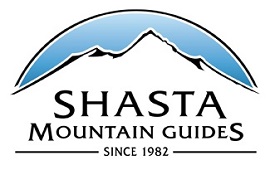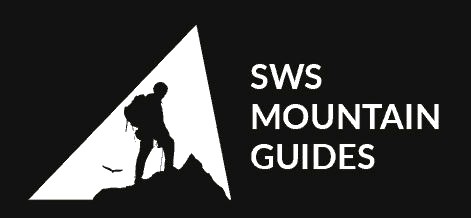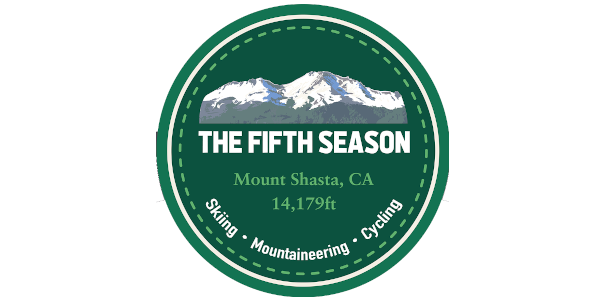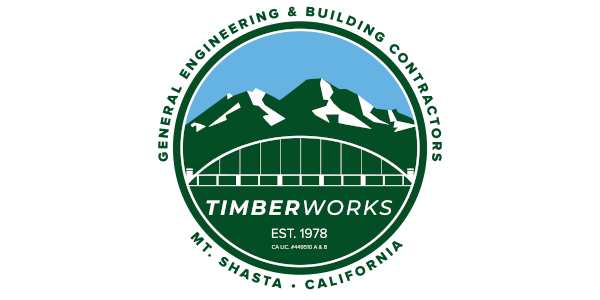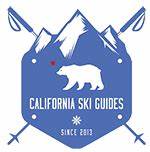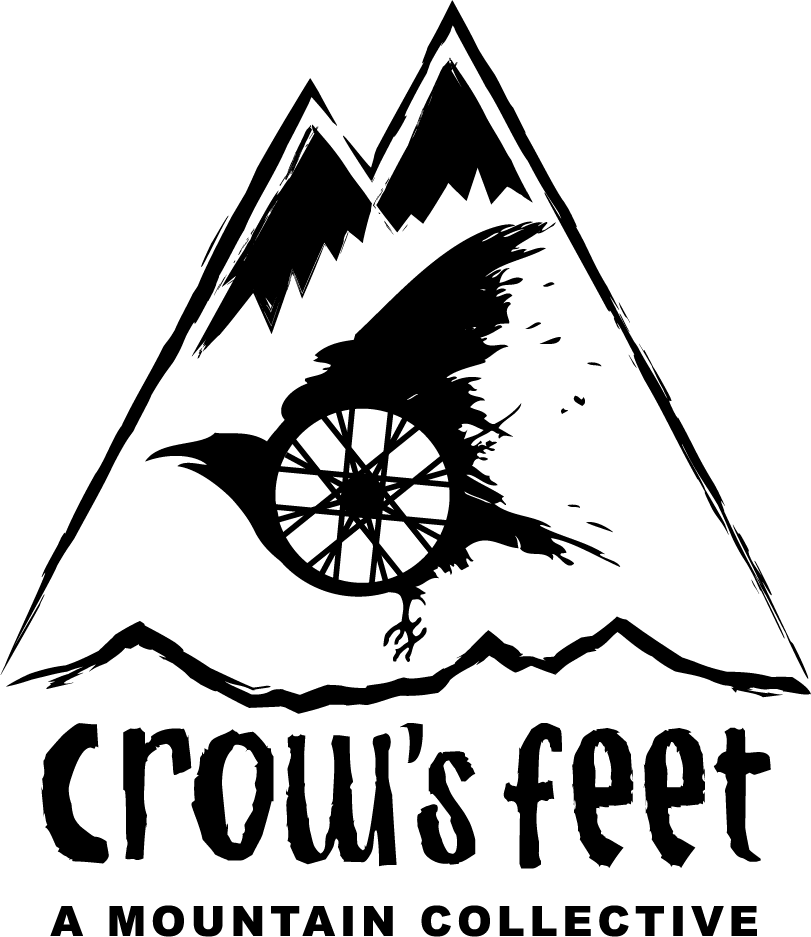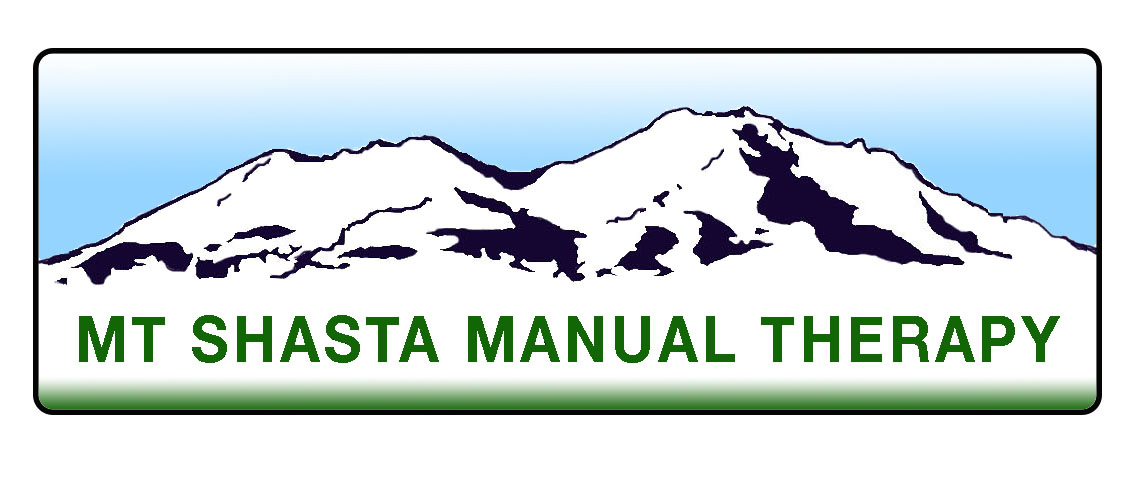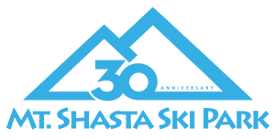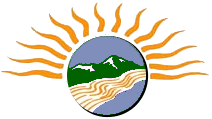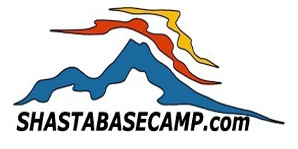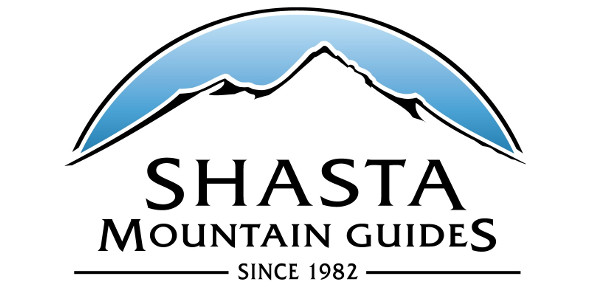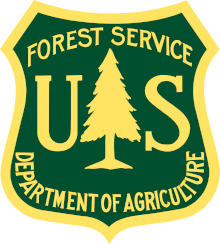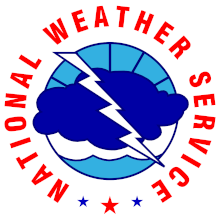You are here
Avalanche Advisory for 2015-02-20 06:49:29
- EXPIRED ON February 21, 2015 @ 6:49 amPublished on February 20, 2015 @ 6:49 am
- Issued by Nick Meyers - Shasta-Trinity National Forest
Bottom Line
The avalanche danger is LOW for all elevations and aspects.
Normal caution advised.
Smooth and firm conditions exists on the upper mountain allowing for slide-for-life potential should one slip and fall. Self arrest skills mandatory.
Ice fall is a concern as the day warms and ice breaks off exposed rocks above. Wear a helmet. Ice chuncks can be just as hard as rocks.
Avalanche Problem 1: Normal Caution
-
Character ?

-
Aspect/Elevation ?
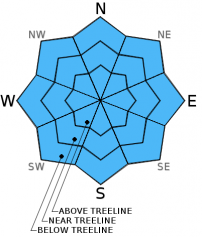
-
Likelihood ?CertainVery LikelyLikelyPossible
 Unlikely
Unlikely -
Size ?HistoricVery LargeLargeSmall

Carry a beacon, shovel and probe and know how to use them.
Self arrest skills mandatory on the upper, smooth/firm slopes of Shasta should one fall. Slide for life potential is present, especially as temperatures cool and northwest wind picks up. Mid and upper elevation slopes may not soften.
Watch for ice fall off exposed rocks above. Wear a helmet. Avalanche Gulch, above Lake Helen and all the way through Redbanks is unofficially called, "The Bowling Alley". You get the picture.
Recent Observations
Fellow snow enthusiasts of all stripes and makes can celebrate one solid fact: Mount Shasta, with its tall stature that sets it apart from the surrounding landscape, is an island of snowy bliss. This winter we've seen erratic weather patterns consisting of significantly wet storm cycles causing large avalanches followed by extended periods of mild, sunny days. Rest assured, there is snow up there to be enjoyed. Winter, though seeming to only haunt the Eastern United States as of late, has not fully forgotten us here on the West coast. Though still not a certainty, peering into the NWS crystal ball reveals a glimmer of hope in our future. Stay tuned for further developements!
One thing that I'm sure we can all agree on is that powder snow is awesome. I also think it is safe to argue that good corn snow is a close second when it comes to a surface to glide, slide, ride, and trek over. That is where Mt. Shasta reigns supreme. Our corn snow conditions are second to none, and we have been served heaping spoonfuls this winter. The melt/freeze cycles that provide that sweet corn will continue for at least five to six more days. Observations made from a ski tour yesterday in Avalanche Gulch up to 50/50 flat at about 9,300 feet revealed firm and smooth snow conditions on all but south-southeast facing aspects. Snow on those south and southeast aspects did soften by 11:30 to provide a good corn ski descent. All other aspects, all the way down to treeline did not soften significantly. No snow instabilities of any kind were observed; i.e. wet loose snow slides, roller balls, pin wheels, etc. That being said, high northerly winds yesterday did blow loose ice crystals about in exposed areas above 9,000 feet. While certainty is high that not enough snow was transported to develop significant wind slabs, there is potential for small pockets of collected snow in higher, southerly facing starting zones in extreme terrain. While we don't feel these pockets of wind deposited snow are significant enought to list as an actual avalanche problem (wind slab), it's worth mentioning.
Climbing conditions are good. That said, it's still winter and that means cold temps, wind chill factor, ice fall, and smooth/firm snow. If you choose to climb or ski high on the mountain, be prepared. Bring the ten essentials, carry a beacon, shovel and probe as well as an ice axe, crampons and helmet. Greatest concerns are: falling ice chunks off rime ice plastered rocks onto climbers/skiers below and smooth/firm snow creating slide-for-life snow surface condtions. Self arrest skills are mandatory should one slip and fall. The bottom line: Proper prior preparation prevents poor performance!
Report your observations to the MSAC! A photo, a few words... send them in! (nimeyers@fs.fed.us or 530-926-9614)
Castle Lake area has a shallow snowpack. Skiing is out of the question at this point due to lack of snow.
Sand Flat Winter Trails: OPEN, trail conditions are firm and getting thin with some tree debris on snow surface.
Pilgrim Creek Snowmobile Park: OPEN, however due to lack of low elevation snow, one must drive up the road several miles before enough snow is encountered. One CANNOT DRIVE over Military Pass.
-------------------------------------------------------------------------------------------------------------------------------
Terrain: Remember most of the terrain that we like to play on is greater than 30 degrees. Avalanches are possible on anything steeper than 30 degrees. Avoid cornices, rock bands, terrain traps and runout zones of avalanche paths.
Weather: Most of our areas avalanche danger will occur 24-48 hours after a storm. We still can see persistent weak layers from time to time and we always will be sure to let you know about that! Heed the basic signs: Wind (significant snow transport and depositions), Temperature (rain/snow/rain/snow, which in turn weakens the snowpack), and Precipitation (Snow or rain add weight and stress to the current snowpack).
Snowpack: If snow accumulates, give the snowpack a chance to adjust to the new snow load before you play on or near steep slopes (greater than 30 degrees). Most direct action avalanches occur within 24-48 hours of recent snowfall. Watch for obvious signs of snowpack instability such as recent natural avalanche activity, collapsing of the snowpack (often associated with a “whumphing” sound), and shooting cracks. If you see these signs of instability, limit your recreation to lower angle slopes.
Human Factor: Don’t forget to carry and know how to use avalanche rescue gear. You should NOT be skiing or climbing potential avalanche slopes without having beacons, shovels, and probes. Only one person in a group should be exposed to potential avalanche danger at a time. Remember, climbing, skiing, and riding down the edge of slopes is safer than being in the center. Just because another person is on a slope doesn’t mean that it is safe. Be an individual! Make your own decisions. Heed the signs of instability: rapid warming, “whumphing” noises, shooting cracks, snowing an inch an hour or more, rain, roller balls, wind loading, recent avalanche activity.
The Five Red Flags of Avalanche Danger any time of year include: 1) Recent/current avalanche activity 2) Whumpfing sounds or shooting cracks 3) Recent/current heavy snowfall 4) Strong winds transporting snow 5) Rapid warming or rain on snow.
Weather and Current Conditions
Weather Summary
In Mt Shasta City this morning at 0500, we have fair skies and a current temperature of 39 F degrees.
WEATHER STATION INFORMATION (0500hrs):
On Mt Shasta (South Side) in the last 24 hours...
Old Ski Bowl - 7,600 feet, the current temperature is 31 F. Snow on the ground totals 90 inches with no settlement. Temperatures in the last 24 hours have ranged from 29 F to 39 F.
Gray Butte - 8,000 feet, The current temperature is 30 F and temps have ranged from 30 F to 38 F in the last 24 hours. Winds have been primarily ESE, averaging 9 mph with gusts to 28 mph in the last 24 hours.
Castle Lake and Mt Eddy (West side of Interstate-5)...
Castle Lake - 5,600 feet, the current temperature is 33 F. Temps have ranged from 33 F to 46 F in the last 24 hours. The Castle Lake area has 10 inches of snow on the ground, and is patchy.
Mt Eddy - 6,500 feet, the current temperature is 31 F. Temps have ranged from 31 F to 44 F in the last 24 hours. Current snow depth is 30 inches with no settlement. Winds have averaged 2 mph and variable in direction, with gusts to 12 mph, SW.
WEATHER SYNOPSIS: Relatively mild weather will again be the order of the day as mostly sunny skies prevail. Today's temperatures are slightly cooler today, but did not fall as much as forecast for yesterday; ony a degree or two colder. It is, however, predicted to be considerably colder for Sunday with day time high temperatures falling another 8-10 degrees, then warming slightly on Monday. Moderate northeast winds of 20-25 mph with higher gusts will be found at mid and upper elevations with potential stronger winds nearer to the summit. For folks venturing to higher elevations, while the skies should be clear, we could see a few clouds here and there through today, and also windy and chilly as mentioned earlier. Don't underestimate the dangerous effects of cold air and wind, ie. wind chill factor! Remember, it's still winter and a winter climb of Mt Shasta can bring added environmental hazards.
Some good news, the NWS climate prediction center is indicating below normal temperatures and above normal precipitation for both the 6-10 day and the 8-14 day outlook! Come on wet, cool weather!
THIS SEASON: Since October 1st (the wet season) , we have received 30.10 inches of water, normal is 27.33 inches, putting us at 110% of normal. For the month of February, we sit at 10.10 inches of water, normal is 5.06, putting us at 199% of normal. For the year of 2015, we've received 10.58 inches water, normal is 12.12, equalling 87% of normal.
Looking back into 2014, Mt Shasta finished off with 34.36 inches of water with normal being 43.21 inches, leaving us at 79% of normal for the year. For the month of December, Mt Shasta finished at 163% of normal, receiving 12.83 inches of water, normal is 7.85 inches.
Always check the weather before you attempt to climb Mt Shasta. Further, monitor the weather as you climb. Becoming caught on the mountain in any type of weather can compromise life and limb. Be prepared.
| 0600 temperature: | 30 |
| Max. temperature in the last 24 hours: | 38 |
| Average wind direction during the last 24 hours: | ESE |
| Average wind speed during the last 24 hours: | 9 mi/hr |
| Maximum wind gust in the last 24 hours: | 15 mi/hr |
| New snowfall in the last 24 hours: | 0 inches |
| Total snow depth: | 90 inches |
Two Day Mountain Weather Forecast
Produced in partnership with the Medford NWS
| For 7000 ft to 9000 ft | |||
|---|---|---|---|
|
Friday (4 a.m. to 10 p.m.) |
Friday Night (10 p.m. to 4 a.m.) |
Saturday (4 a.m. to 10 p.m.) |
|
| Weather | Partly cloudy in the a.m. then clearing | Mostly clear | Sunny |
| Temperature (°F) | 40 | 15 | 30 |
| Wind (mi/hr) | Northeast 10-15 mph | Northeast 10-20 mph | Northeast 15-25 mph |
| Precipitation SWE / Snowfall (in) | / 0 | / 0 | / 0 |
| For 9000 ft to 11000 ft | |||
| Friday | Friday Night | Saturday | |
| Weather | Partly cloudy in the a.m. then clearing | Mostly clear | Sunny |
| Temperature (°F) | 25 | 10 | 17 |
| Wind (mi/hr) | Northeast 20-25 mph with gusts 40-50 mph | Northeast 0 | Northeast 30-35 mph with gusts 50+ |
| Precipitation SWE / Snowfall (in) | / 0 | / 0 | / 0 |













